Views: 0 Author: Site Editor Publish Time: 2025-07-08 Origin: Site
Whether you’re a professional chef or a home cook, understanding pan sizes is vital for successful cooking and baking. The right pan size ensures even cooking, proper portioning, and makes your dish a visual delight. But with so many options like sheet pans, baking trays, and GN pans available, finding the perfect fit can be overwhelming. This guide aims to simplify your decision-making process by detailing the most common pan sizes, breaking down GN pans such as the 1/1 GN pan size, and answering frequently asked questions about pans—like "What size is a half sheet pan?"
By the end of this article, you’ll not only have a clear understanding of pan sizes but also know where to source high-quality pans for your kitchen.
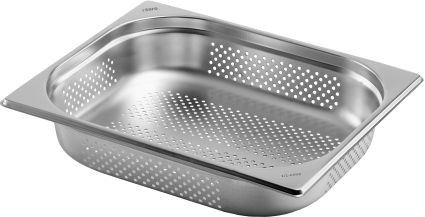
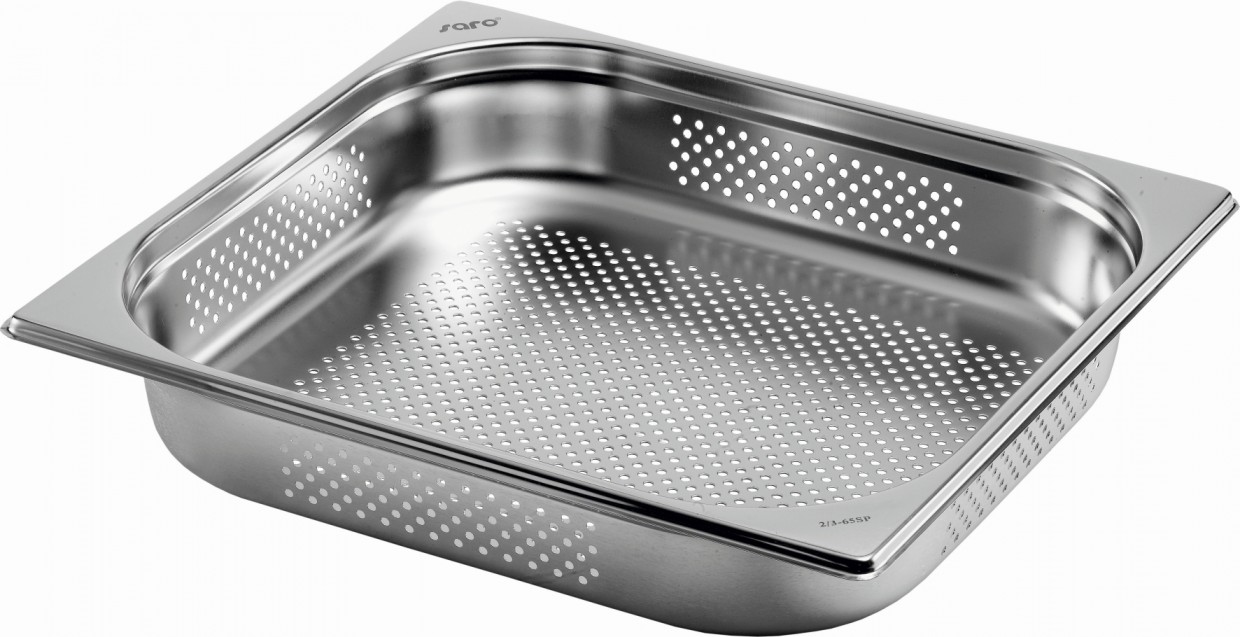
Pan sizes refer to the dimensions of the cooking or baking surface. These measurements are crucial for several reasons:
Fit: To ensure the pan fits correctly in your oven, warming station, refrigerator, or on your counter.
Capacity: To calculate portions and avoid overflows.
Even Cooking: To distribute heat evenly, preventing poor texture or flavor.
Consistency: Especially important for baking, where precise dimensions affect results.
Whether you're roasting a turkey or preparing delicate pastries, choosing the right size can make a noticeable difference in your final dish.
Here’s an overview of standard pan sizes you’re most likely to encounter:
Pan Size | Dimensions | Common Use |
|---|---|---|
Full Sheet Pan | 18 x 26 inches | Commercial baking, roasting large quantities |
Half Sheet Pan | 13 x 18 inches | Home baking, roasting, meal prep |
Quarter Sheet Pan | 9 x 13 inches | Small batch baking, reheating leftovers |
Jelly Roll Pan | 10 x 15 inches | Swiss rolls, thin sheet cakes |
Loaf Pan | 9 x 5 inches | Bread loaves, pound cakes |
Round Cake Pan | 8 or 9 inches | Layered cakes, flan |
Each of these pans has specific tasks they perform best, but what if you need pans for a professional kitchen? That’s where GN pans come into play.
GN pans, short for GastroNorm pans, are standardized pans widely used in professional kitchens and catering. They ensure compatibility with GN-compliant equipment like ovens, refrigerators, and serving stations.
The 1/1 GN pan size is the full-size GN pan. Measuring 530 x 325 mm (approximately 20.9 x 12.8 inches), it’s designed to fit perfectly in standard equipments’ slots or trays. Below is a comparison table highlighting GN sizing:
GN Size | Dimensions (mm) | Equivalent Inches | Common Use |
|---|---|---|---|
1/1 GN | 530 x 325 mm | 20.9 x 12.8 in | Large servings, buffet tables |
1/2 GN | 265 x 325 mm | 10.4 x 12.8 in | Side dishes, smaller portions |
1/3 GN | 176 x 325 mm | 6.9 x 12.8 in | Plated desserts, smaller roasts |
1/6 GN | 176 x 162 mm | 6.9 x 6.4 in | Sauces, condiments, single portions |
This system ensures seamless integration into professional setups and allows chefs to maximize storage and efficiency during service.
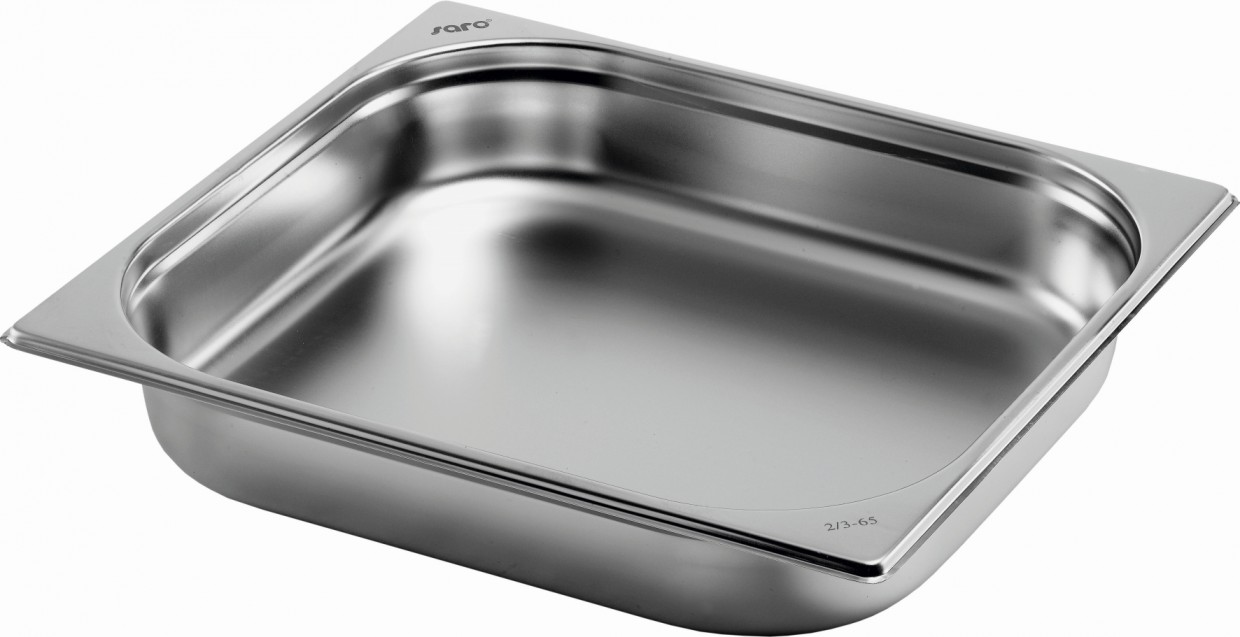
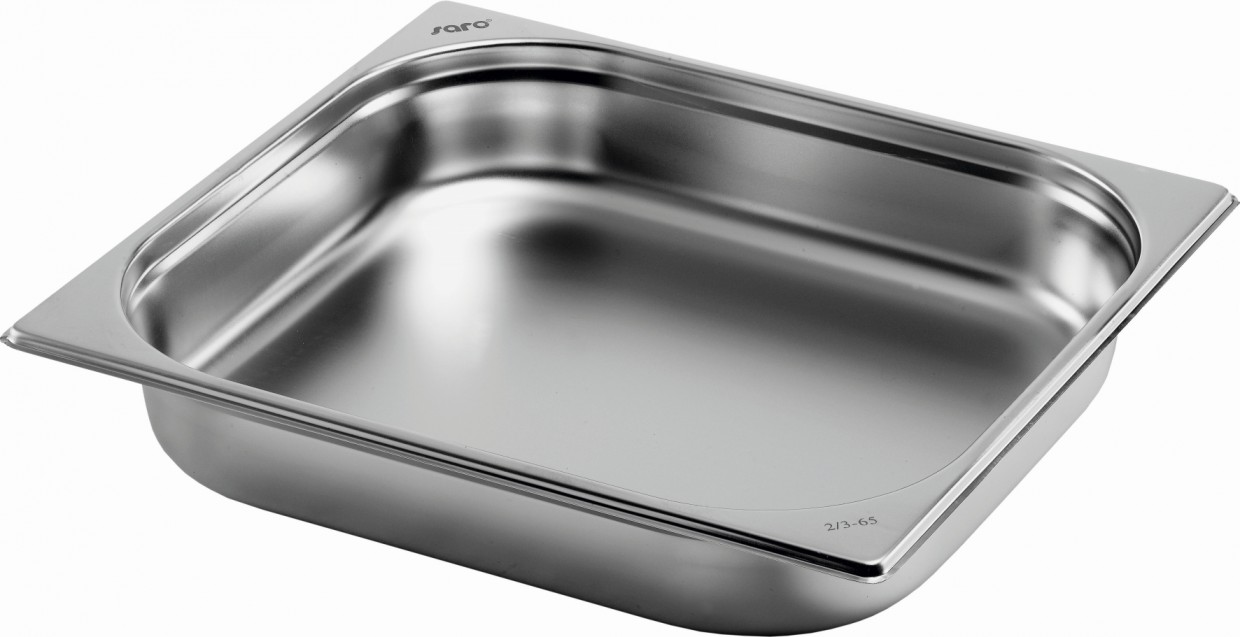
A half sheet pan measures 13 x 18 inches and is approximately 1 inch in depth. This makes it ideal for home baking and roasting. Its moderate size allows it to fit in most standard home ovens, unlike full sheet pans, which are often too large.
The half sheet pan is one of the most popular choices for everyday needs, especially in smaller-scale kitchens or for home cooks looking to prepare cookies, roasted vegetables, or meal preps with ease.
While baking sheet pans are sized primarily for home or casual use, GN pans are standardized for professional kitchens. GN pans facilitate a modular system where different sizes can fit easily into appliances designed to accommodate them, making them far more adaptable for commercial settings.
Generally, it’s best to stick to the specified size for a recipe. For example, baking recipes rely on precise measurements, so swapping a full sheet pan for a half sheet pan could lead to uneven cooking or a mess due to overfilling.
However, in some applications—like roasting or warming—you can adapt by adjusting quantities to fit the pan.
GN pans come in varying depths, including 20 mm, 40 mm, and even 100 mm. The depth you choose depends on your task. Shallower pans are perfect for trays of food, while deeper ones are great for soups or stews.
When selecting pan sizes, consider these factors:
Cooking Purpose: Know what you primarily plan to use the pan for—baking, roasting, or serving.Oven Size: Ensure the pan you choose fits in your oven or equipment.Material: Look for durable materials like stainless steel or aluminum for longevity.Portioning Needs: If you're running a business, larger GN pans help streamline prep and service, while smaller pans work well for personal use.
By matching the size and type of your pan to your needs, you’ll ensure optimal cooking every time.
If you’re in the market for premium-quality sheet pans and GN pans, look no further than Chinaking Power. Their extensive range of products is designed to meet the diverse needs of home cooks and professional chefs alike.
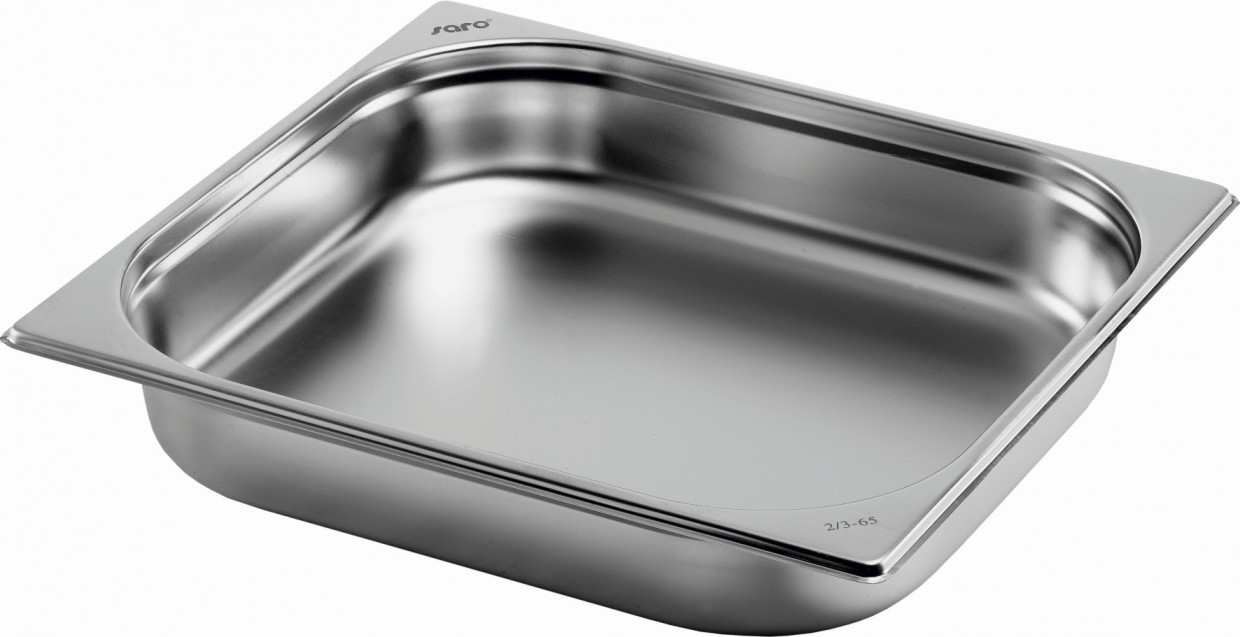
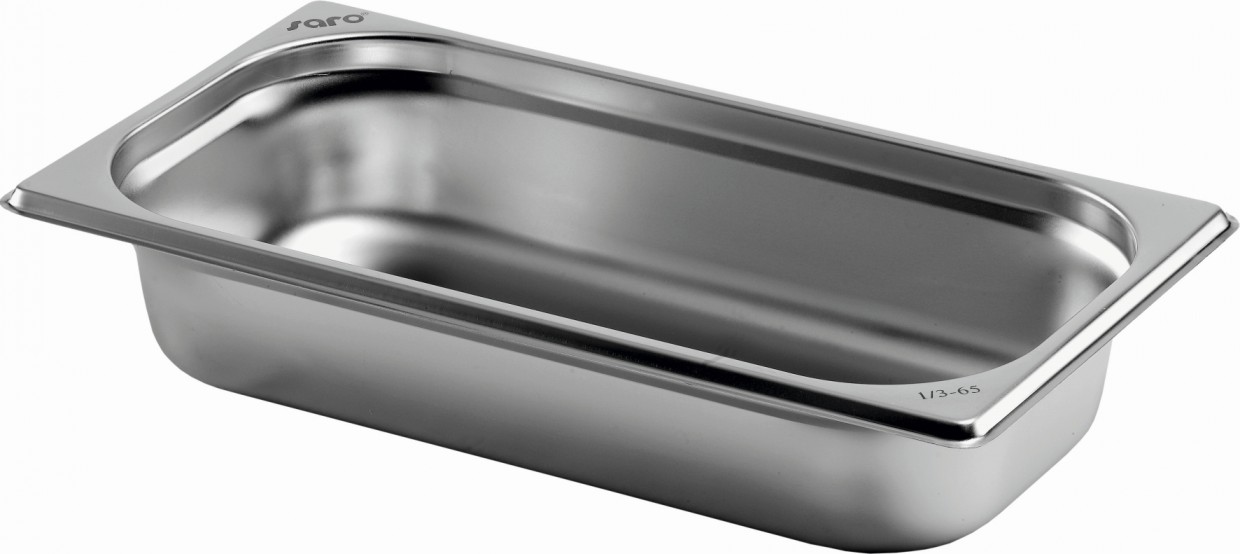
High-Quality Materials: Their pans are made with durable, food-grade materials to ensure long-lasting performance.
Precision Sizing: Whether you need a full sheet pan or a 1/1 GN pan, their sizes adhere to the highest industry standards.
Global Shipping: Serving customers across the globe, they’re equipped to handle bulk and individual orders with ease.
For inquiries or to place an order, contact Chinaking Power:
Email: evelyn@chinakingstar.com
Phone: +86-750-2761363
Invest in reliable, high-performance pans, and elevate your cooking or catering game with Chinaking Power.
Understanding pan sizes plays a critical role in cooking and baking success. Whether you’re preparing a family meal or catering to hundreds, knowing when to use a half sheet pan or a 1/1 GN pan can transform your experience. Precision and quality are non-negotiable, and with trusted providers like Chinaking Power, you’ll always have the right tools for the job.
Take your kitchen performance to the next level—get your pans today and see the difference for yourself!
